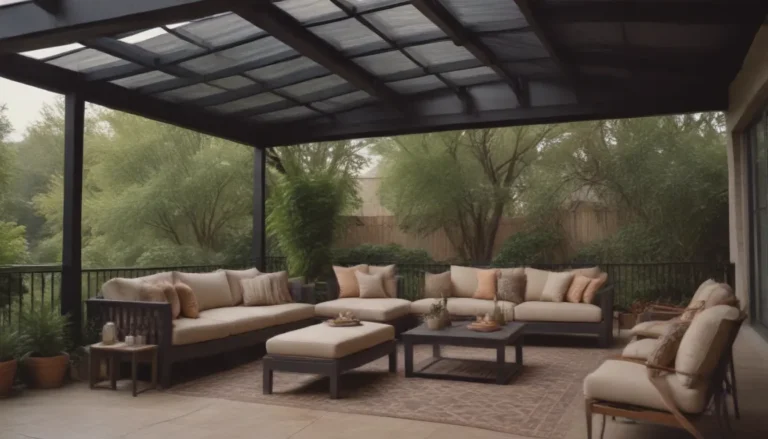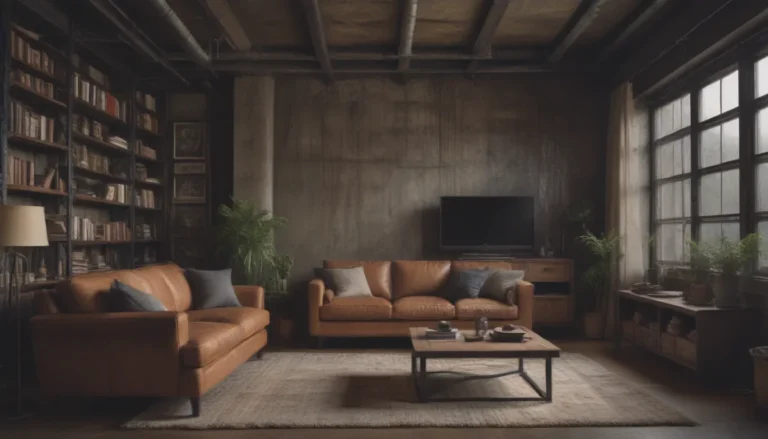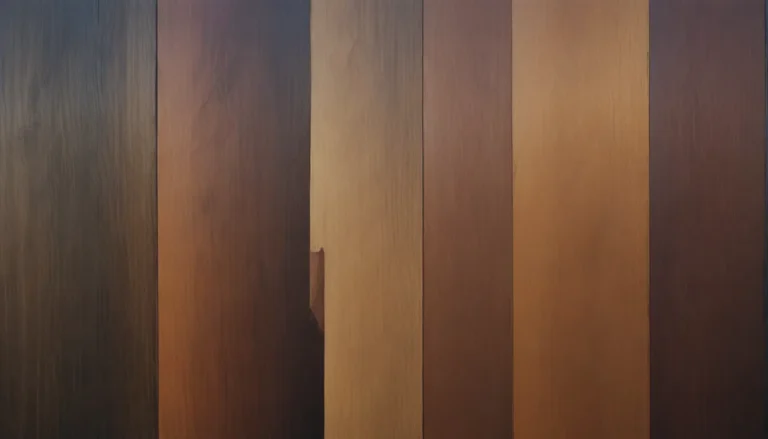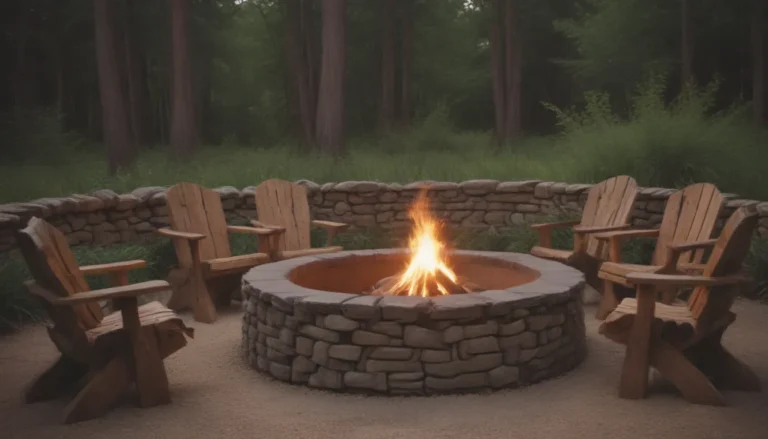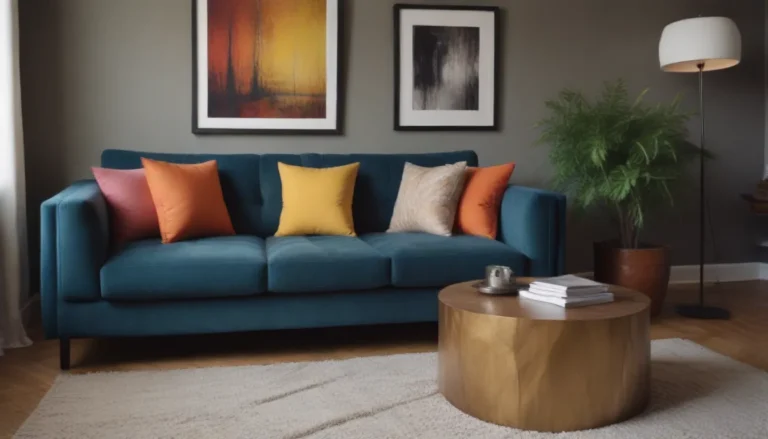The Art of Minimalist Design: A Guide to Simplifying Your Space and Life
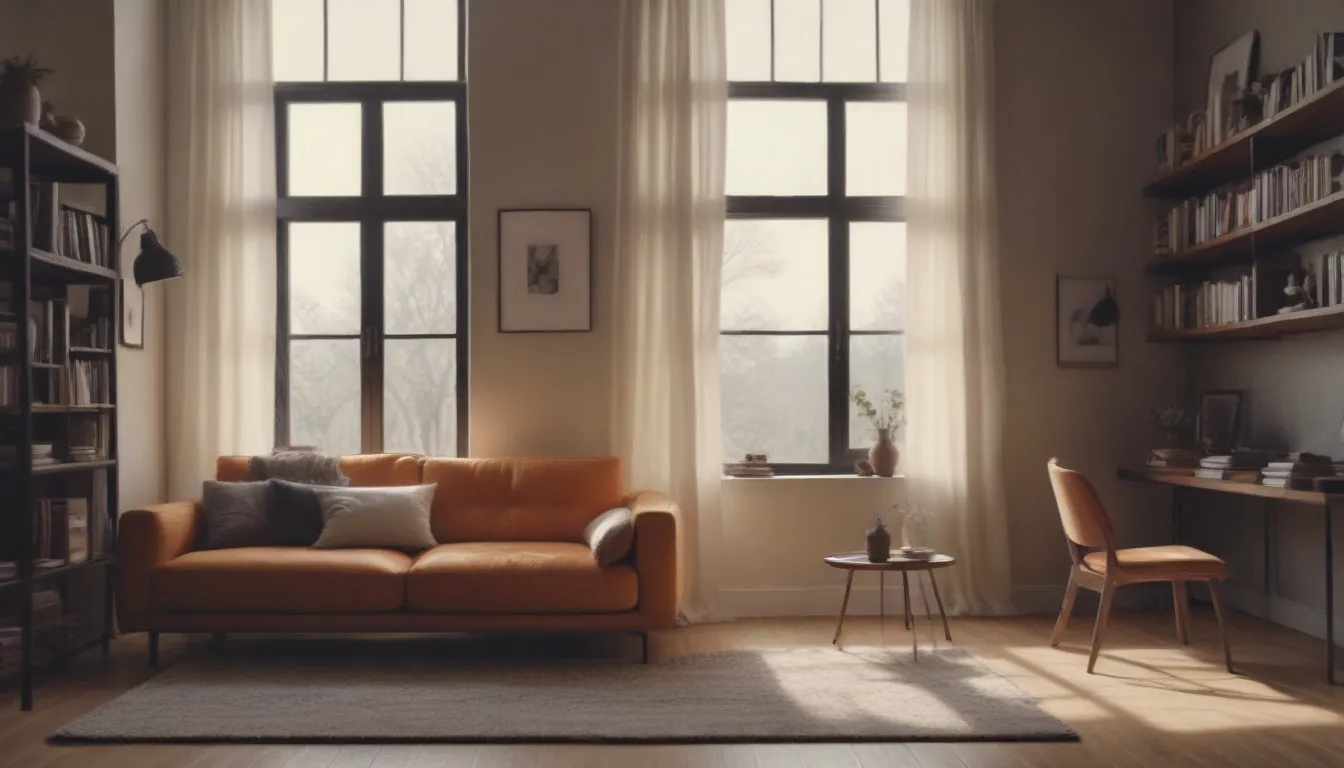
In today’s fast-paced world, where we are bombarded with information and possessions, the concept of minimalism has gained traction as a lifestyle choice. But minimalism is not just about decluttering our homes, it is also a powerful visual style that has influenced various aspects of design, from architecture to fashion. In this article, we will explore the essence of minimalist design, its history, key characteristics, and famous quotes that capture its philosophy.
What Is Minimalist Design?
Minimalist design is all about prioritizing the essential. It involves stripping a building, object, or interior design to its core function, using limited materials, neutral colors, and simple forms. The goal is to achieve a pure form of elegance by avoiding excess ornamentation. While minimalist design may appear simple on the surface, achieving this level of simplicity is anything but easy.
Minimalist design has been popular for over a century, but it has its fair share of critics. Some view it as boring or lacking in imagination. However, minimalist design can also be cost-effective, eco-friendly, and accessible to all. It is about finding beauty in simplicity and functionality.
A Brief History of Minimalist Design
Minimalist design emerged in the 20th century as a response to the highly decorative styles of the past. Influenced by movements like De Stijl and the clean aesthetics of Scandinavian design, minimalist design embraced the mantra of “less is more.” Architects like Mies Van Der Rohe and designers like Dieter Rams played a pivotal role in shaping minimalist design.
Minimalist design shares roots with Modern Architecture, Bauhaus Architecture, Brutalist Architecture, and mid-century modern design. In the 1960s, minimalist graphic design, art, theater, and fashion blossomed. Today, minimalist interior design offers a refreshing alternative to over-accessorized interiors.
Key Characteristics of Minimalist Design
- Simplicity: Minimalist design embraces simplicity and functionality.
- Limited Materials: Minimalist design uses limited materials to focus on the essential.
- Neutral Colors: Neutral colors like white, black, and grey dominate minimalist design.
- Clean Lines: Sharp, clean lines define minimalist design aesthetics.
- Avoidance of Excess: Minimalist design avoids excess ornamentation to achieve a pure form of elegance.
Famous Quotes About Minimalist Design
- “Less is more” – Mies Van Der Rohe, architect
- “Minimalism is not an architecture of self-denial, deprivation, or absence: it is defined not by what is not there, but by the richness with which this is experienced.” – John Pawson, architect
- “In pure architecture the smallest detail should have a meaning or serve a purpose.” – Augustus W. N. Pugin, architect
- “An interesting plainness is the most difficult and precious thing to achieve.” – Mies Van Der Rohe, architect
The Benefits of Minimalist Design
- Promotes Calmness: Minimalist design creates a sense of calm and tranquility.
- Enhances Focus: By decluttering your space, minimalist design can enhance focus and productivity.
- Saves Money: Minimalist design often involves using fewer materials, which can be cost-effective.
- Environmental Friendly: By consuming less and choosing sustainable materials, minimalist design is environmentally friendly.
How to Incorporate Minimalist Design in Your Life
- Declutter Your Space: Start by decluttering your home and getting rid of items you no longer need.
- Choose Neutral Colors: Embrace neutral colors like white, grey, and beige for a minimalist look.
- Invest in Quality Over Quantity: Instead of buying multiple cheap items, invest in high-quality pieces that will last.
- Focus on Functionality: Choose furniture and decor that serve a purpose and avoid unnecessary clutter.
- Embrace Negative Space: Allow for negative space in your home to create a sense of openness and simplicity.
In conclusion, minimalist design is a powerful visual style that prioritizes simplicity and functionality. By embracing minimalist principles in your life, you can create a space that is calm, elegant, and efficient. Remember, less is more, and sometimes, simplicity is the ultimate form of sophistication.
